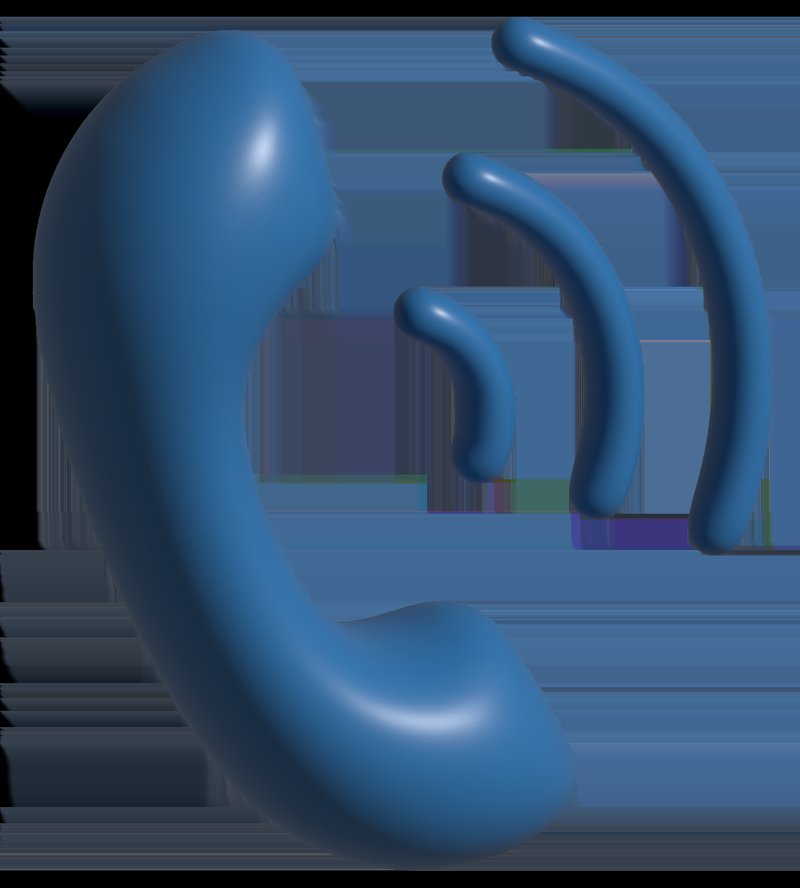
Imagine your microwave as a tiny kitchen robot performing its duties with precision. When it encounters an issue, it communicates with you through error codes — a bit like how your car’s dashboard lights up when there’s a problem. The SE code specifically indicates a problem with the touchpad or the control board. Think of it as your microwave’s way of saying, “Hey, I can’t read your inputs!” This can happen for various reasons, from simple ones like grime on the touchpad to more complex internal issues. So, if you’re staring at this code and feeling puzzled, you’re not alone.
Understanding Error Code SE
Let’s dig a little deeper into what the Samsung Microwave Error Code SE actually means. The SE code typically signifies a “Sensor Error” or “Key Stuck Error.” In simple terms, it’s like when your smartphone touchscreen gets sticky, and it starts responding weirdly or not at all. The problem may arise from too much humidity in the kitchen, accumulated dirt, or even a faulty touchpad. So, before you freak out, know that it doesn’t always mean your microwave is beyond repair.
The SE error can also indicate a more serious problem with the control board. Imagine the control board as the brain of your microwave. If it doesn’t function properly, it’s like trying to navigate a map with blurry glasses — not very effective. It’s crucial to address the issue because ignoring it can lead to further complications. You might find that your microwave starts to perform erratically or not at all. It’s always better to tackle the problem head-on rather than let a small hiccup turn into a major breakdown.
So, here’s the deal: It’s vital to identify whether the error is due to something minor or if it indicates a bigger problem. But don’t worry, you’ve got options, and you don’t have to tackle this alone.
When Can You Fix It Yourself?
Before rushing to call a technician, there are a few things you can try if you’re comfortable with a bit of DIY troubleshooting. This approach is similar to checking your car’s oil level before deciding to visit a mechanic. First, unplug your microwave. It’s essential to work safely and avoid electric shocks. Then, clean the touchpad with a soft, damp cloth. Often, the SE code appears because of dirt or grime, just like how a dirty window blurs the view outside.
Once it’s squeaky clean, plug your microwave back in and see if the error clears. If it does, congratulations! You’ve fixed the problem. But if the SE code is still there, it might be time to consider deeper issues. This stage is like realizing the car’s headlights aren’t working despite changing the bulb. You may need to accept that professional help is the next step.
While these minor checks are safe to perform, remember that fiddling with the microwave’s internal wiring isn’t recommended for beginners. It’s not just about being cautious — some repairs require specific tools and technical knowledge. Mistakes can be costly or dangerous, so knowing when to call it quits on DIY is crucial.
When To Call A Technician
If the SE code persists despite your cleaning attempts, it might be time to contact a professional. One key reason to call a technician is if you suspect the control board is the culprit. This problem is akin to needing surgery on your robot’s brain. It’s a complex task and best left to those with experience and the right tools. Trying to fix it yourself might worsen the problem or even void your microwave’s warranty.
Calling a technician can also be the best course of action if you’re simply unsure about what to do next. It’s like calling a friend who’s a whiz at fixing things when you’re stuck. A qualified technician can diagnose the issue more accurately and ensure that repairs are carried out safely and effectively. Plus, they can offer advice on whether a repair or replacement makes more sense.
Finally, a technician’s visit isn’t just about fixing the problem; it’s also preventative. They can spot potential issues before they become significant, saving you headaches and money in the long run. It’s like a routine health check for your microwave — ensuring it works perfectly and extends its lifespan.
Preventative Tips and Final Thoughts
Now that you’ve gained a good understanding of the SE error code, let’s discuss some preventative measures. Regular cleaning of your microwave’s touchpad is beneficial — think of it like brushing your teeth to prevent cavities. Keeping your kitchen’s humidity in check can also reduce the chances of the SE code popping up unexpectedly. Simple fixes like ensuring good ventilation or using a dehumidifier can make a world of difference.
If you’re contemplating a microwave upgrade, consider investing in a model with easy-to-clean surfaces or advanced features that offer enhanced durability. These small considerations could help you avoid future hassle.
In conclusion, while encountering an error code can be unsettling, understanding what it signifies is the first step toward resolving it. Whether you decide to try a simple fix yourself or call for a professional’s help, you’re now better equipped to handle the SE code head-on. Remember, regular maintenance is key, and don’t hesitate to call in the experts when needed. After all, peace of mind and a functional microwave are worth it!
